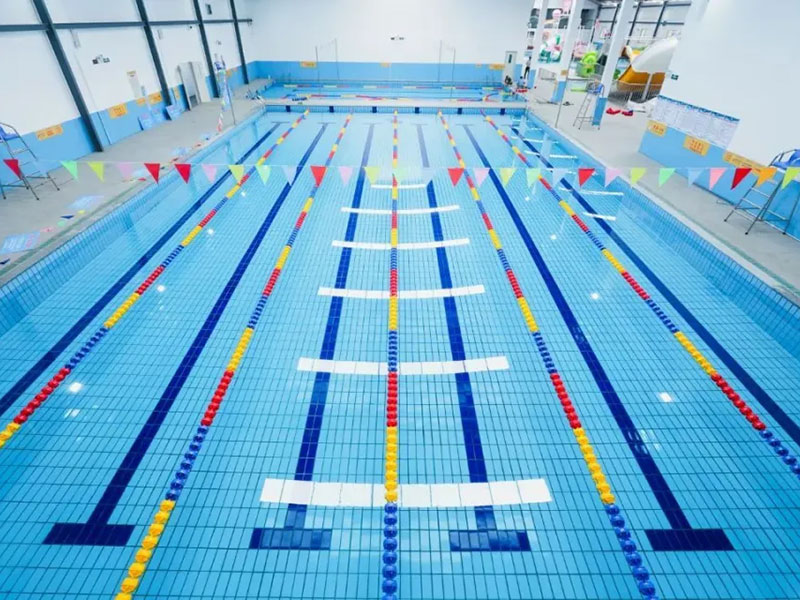Bridge Engineering
Humidity/Process Requirements
Target Humidity Range:40~60%RH
Challenges
Humidity control plays a critical role in the construction,maintenance,and longevity of bridges.Excess moisture in the environment can lead to severe structural and operational challenges,such as:
Corrosion of Materials:High humidity accelerates the rusting and degradation of steel components, compromising the structural integrityof bridges.
Weakening of Concrete:Moisture absorption in concrete leads to cracking,spalling,and reduced durability.
Condensation Issues:Humid conditions cause condensationon construction equipment and surfaces, leading to inefficiencies during the building process.
Mold and Mildew Growth:Prolonged exposure to high humidity promotes microbial growth, affecting the lifespan and safety of bridge components.
Solutions
Rotary dehumidifiers provide effective humidity control solutions to ensure safe and durable bridge construction and maintenance:
1. Corrosion Prevention:
By maintaining controlled humidity levels,rotary dehumidifiers protect steel reinforcements and other metal components from rust and corrosion.
2. Concrete Preservation:
Properhumidity control prevents excess moisture from seeping into concrete,ensuring strength and longevity.
3. Improved Construction Efficiency:
Reducing condensation improves the performance of construction machinery and facilitates smoother building operations.
4. Mold and Mildew Reduction:
Rotary dehumidifiers inhibit the growth of mold,preserving materials and maintaining asafe working environment
5. Durability and Safety:
Consistent humidity management extendsthe lifespanof bridge materials,ensuring long-term structural safety and reduced maintenance costs.
Rotary dehumidifiers are an indispensable part of modern bridge engineering,ensuring quality,safety,and durability from construction to maintenance.








